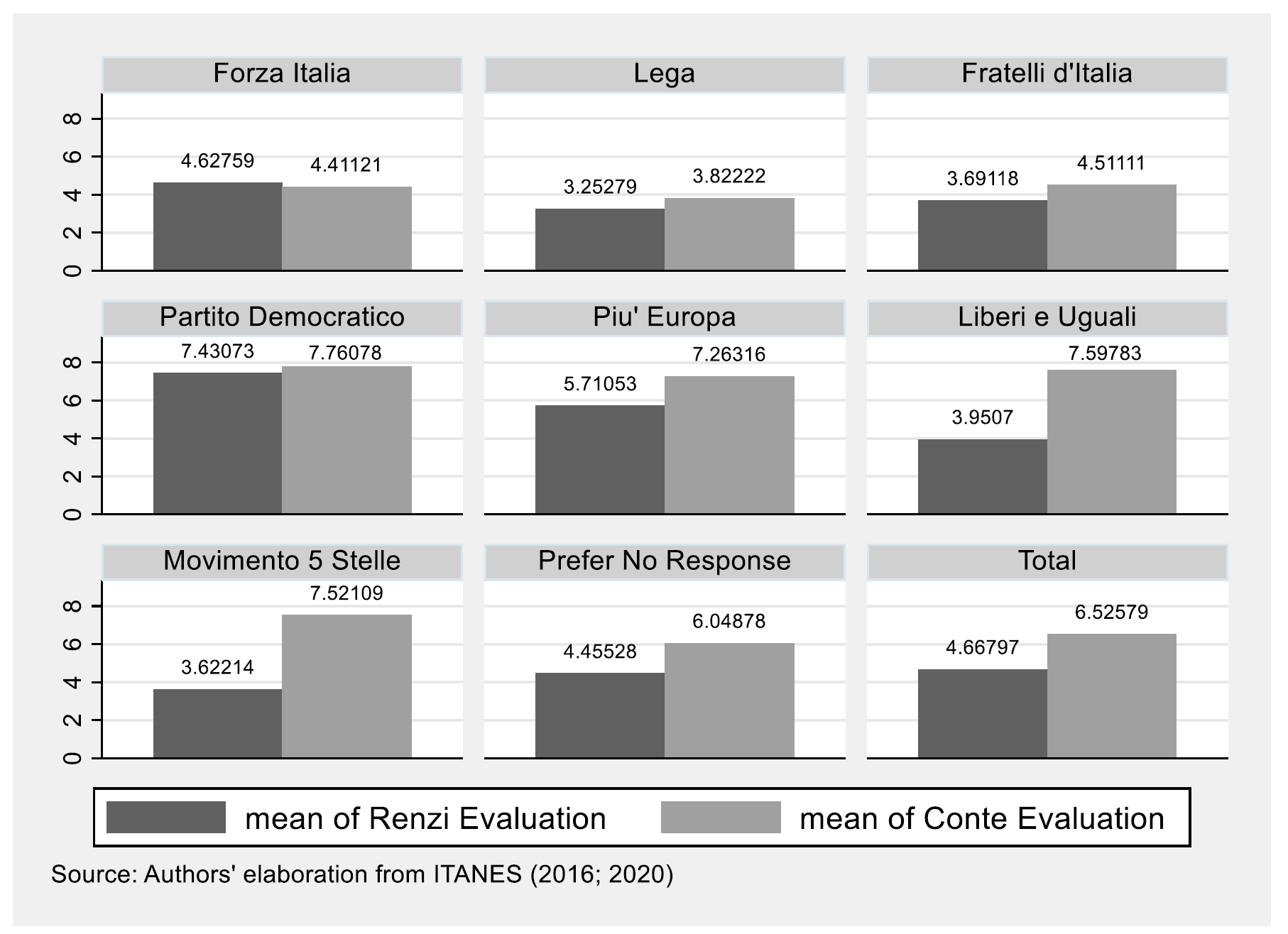Protest against the politicians: Vote switching in the Italian 2016-2020 constitutional referenda

Published 2021-09-13
Keywords
- Italy,
- Referendum,
- Economic Voting,
- Vote Switching
How to Cite
Abstract
Referenda provide the opportunity for voters to express political economic protest and provide additional ways to support parties they vote for in elections. Alternatively, referenda also provide voters a chance to express their policy references in a way that does not affect which party will lead the government. The rejection of the 2016 Italian Constitutional referendum by 60% of voters and the approval the 2020 Italian Constitutional Referendum by 70% of voters could be a result of changing political economic conditions, influences related to partisanship and party leadership, or a change in approval of the reforms contained within the referendum. The article examines these possibilities in turn and then in a multivariate analysis. First, the overall change in economic discontent, satisfaction with the governing coalition and leaders, and belief in the content of the reforms between 2016 and 2020 will be examined. We also examine the how voters of each of the parties in the 2018 general election shifted on these variables. Then individual level analysis of consistent voters and switchers will assess the relative strength of partisanship, economic, political, and referendum-specific factors in convincing voters to switch their vote. We find that referendum-specific factors had the strongest predictive power followed by those related to government approval. Voters approved of the contents that would reduce the number of politicians in Italy and used the referendum to express support or displeasure with the incumbent’s policy programme. Our results contribute to the studies on second-order elections where voters are allowed for greater expressive preferences.

